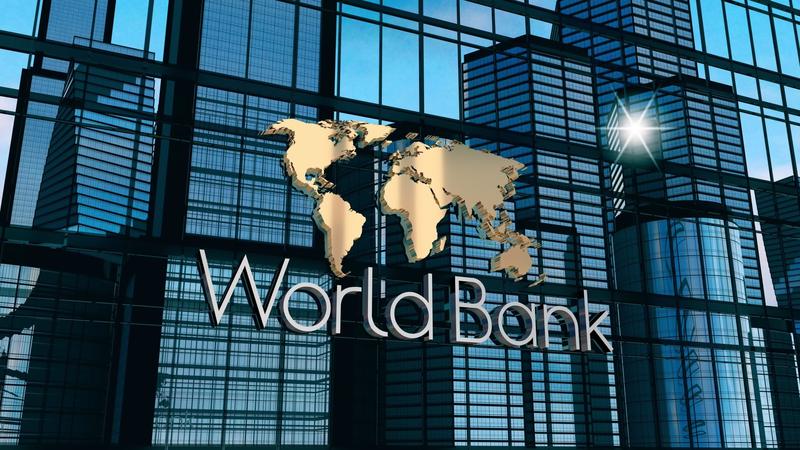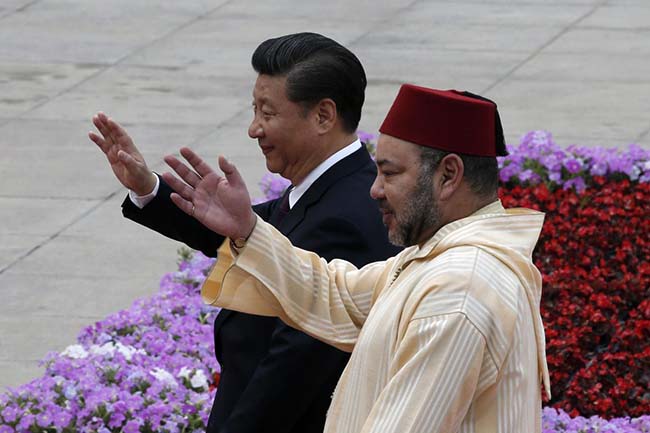Morocco’s economy is poised to grow 3.6% in 2025 before moderating to 3.5% in 2026, according to the World Bank, as favorable weather bolsters agriculture while non-agricultural sectors maintain steady expansion.
Speaking in Rabat on Wednesday at the launch of the World Bank’s latest Morocco Economic Monitoring Report, Senior Economist Javier Diaz Cassou described the growth outlook as “relatively robust” but in line with pre-pandemic trends.
Agricultural GDP is set to rebound in 2025 due to improved rainfall, before stabilizing at around 2.6% growth in the medium term, he noted. Meanwhile, non-agricultural GDP is expected to slow slightly due to a base effect after strong expansion in 2024.
Inflation remains contained despite Ramadan-related price pressures, with core inflation and expectations measured by Bank Al-Maghrib confirming stability, Diaz Cassou said.
The current account deficit is projected to widen modestly, but remain below historical averages, reflecting a revival in domestic demand.
Fiscal consolidation is set to continue, with the budget deficit narrowing toward pre-pandemic levels, helping public debt ease to between 67% and 68% of GDP.
Morocco’s public sector is playing an increasingly central role in the economy, aligning with the country’s new development model, he added.
Despite positive signals, challenges persist. The inflationary shock has weighed on household purchasing power, dampening confidence. While urban labor markets are improving—162,000 jobs are expected to be added in 2024—employment growth has lagged behind population expansion, rising just 1.5% over the past decade against a 10% increase in the working-age population.
The World Bank report underscores Morocco’s potential for stronger, more inclusive growth through targeted reforms to enhance the business climate and labor market dynamism.






